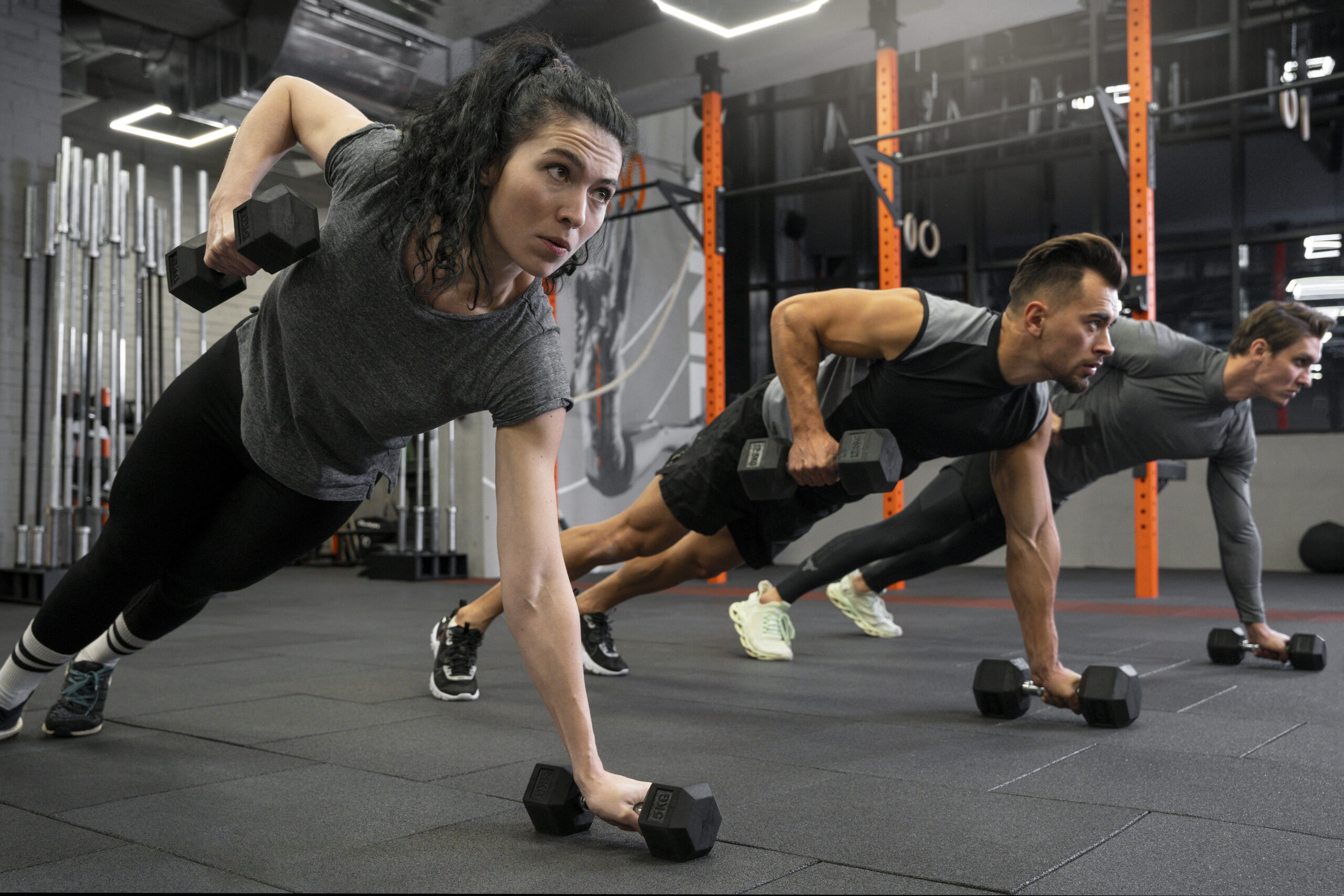hysical fitness has always been a cornerstone of a healthy life. In the United States, this belief gave rise to one of the most iconic school fitness initiatives: the Presidential Fitness Test. Designed to assess the physical capabilities of school-aged children, this program became a significant part of American education history. Here’s a closer look at what it was, why it was created, and how it evolved into a more modern and inclusive fitness initiative.
📜 What Was the Presidential Fitness Test?
The Presidential Fitness Test was a national physical fitness testing program for school children in the United States. It began in 1956 under the administration of President Dwight D. Eisenhower, who was alarmed by a study showing that American children were less physically fit than European children.
The program aimed to encourage physical activity, promote health, and identify areas of physical weakness in school-age children. It quickly became a common part of physical education (PE) classes across the country.
🏃♂️ Key Components of the Test
The test typically consisted of a series of six events, each designed to evaluate a different aspect of physical fitness:
- Curl-ups or Sit-ups (1 minute) – Measures abdominal strength and endurance
- Pull-ups or Flexed-arm Hang – Tests upper body strength
- Shuttle Run – Assesses agility and speed
- V-sit Reach or Sit and Reach – Measures flexibility
- One-mile run or 600-yard run – Evaluates cardiovascular endurance
- Push-ups – Measures upper body muscular endurance
Children were tested twice a year and could earn awards such as the Presidential Physical Fitness Award, National Physical Fitness Award, or Participant Award, depending on their performance.
🇺🇸 Why Was It Created?
The Cold War era placed a high emphasis on national strength and preparedness. When studies showed that American youth were falling behind in physical fitness, national leaders felt this could translate into a weaker military or workforce in the future. Thus, the President’s Council on Youth Fitness was formed, and the Presidential Fitness Test was born.
It was as much a nationalistic effort as it was a health initiative—aiming to build strong, capable citizens through structured physical education.
⚠️ Criticism of the Program
Despite its good intentions, the Presidential Fitness Test received significant criticism over the years:
- It focused heavily on performance, not individual improvement.
- It created feelings of embarrassment for children who couldn’t meet the standards.
- It lacked inclusivity for students with disabilities or special needs.
- It promoted competition over lifelong health habits.
As a result, many educators and health experts began questioning its effectiveness.
🔁 The Shift: From Presidential Fitness Test to Youth Fitness Program
In 2013, the test was officially replaced by the Presidential Youth Fitness Program (PYFP). This new initiative focuses more on personal health, progress tracking, and fitness education rather than competition.
Key Differences in the New Program:
- Emphasizes health-related fitness, not just athletic performance
- Promotes individual goal-setting and improvement
- Includes training and resources for PE teachers
- Provides inclusive assessments, suitable for children of all abilities
- Encourages lifelong physical activity habits
💪 Why It Still Matters Today
While the original test may no longer be in use, its legacy lives on. It highlighted the importance of fitness in youth and helped shape physical education standards nationwide. Today’s programs continue to build on its foundations but with a greater emphasis on overall well-being, inclusion, and education.
✅ Conclusion
The Presidential Fitness Test was a product of its time—created with the noble goal of improving children’s health and fitness. While it faced criticism for its shortcomings, it laid the groundwork for better, more inclusive youth fitness initiatives like the Presidential Youth Fitness Program.
Encouraging physical activity in schools remains vital, but today, the focus has shifted to personal growth, wellness, and lifelong fitness habits—a positive step toward a healthier future generation.

Leave a Reply